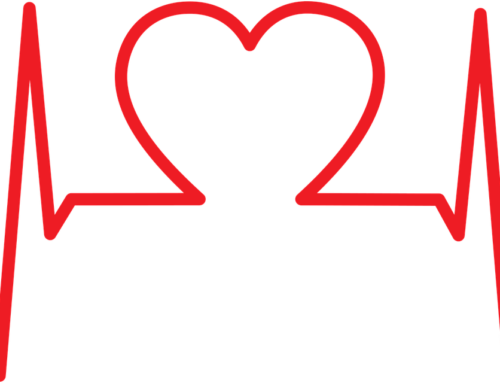 Guest Post by C.A. Newberry
Guest Post by C.A. Newberry
There’s no denying it; that headline’s a mouthful. I can’t even properly pronounce the first word.
However, here’s the problem: these conversational anomalies aren’t the only issues wreaking a bit of havoc in our already complicated world of communication.
I’m guilty, I admit it.
Not long ago I submitted an article for publication. I’ve been known to include movie or comedic references in my articles. (I’m positive that I’m uber-humorous, just don’t ask my children if they think I’m funny.)
However, the site owner sent me a message to let me know she didn’t understand my reference. I realized this may have been due to the fact that English was not her first language.
This came as a surprise to me, as we had been working together for months on previous articles. The issue had never come up before and, due to her excellent written communication skills via e-mail, I never thought anything about it.
However, it certainly opened my mind and made me consider a different point of view.
The Internet and modern technology have opened up new avenues of communication, with an increased likelihood for the chance of communicating with individuals from different areas of the world. And guess what, their native language may not be English.
So, there are a few particulars that we should be aware of.
Colloquialisms are different words or phrases that are not formal and can be used by different regions of the country to describe something.
For instance, a carbonated beverage has different common words to describe it. Is it called “soda” or “pop” where you live? Hey, if you live in Australia or parts of the South in the United States you might just call it “coke.” It’s important that whoever you are speaking to, especially in a business setting, feels respected and comfortable.
It may be best to avoid the use of such words or phrases, or at least be prepared to give an explanation.
Jargon is the use of words or expressions by professionals within particular groups or industries.
An example of this is when you go to the doctor and they are explaining the results of your recent blood tests. They rattle off something like “Your CBC, BMP, and LFTs were basically negative, but you have prediabetes and a slightly elevated LDL.”
I’m sorry, I have a what and a what now?!
Jargon isn’t always a negative. Some people may consider it a compliment if you use jargon with them; it may evoke a feeling of inclusiveness.
Nevertheless, using too much obscure jargon in your conversation can confuse people or, worse yet, make them leave the conversation.
Slang is a very informal use of vocabulary and idioms that are characteristically thought to be more metaphorical or playful.
It’s been said that teenagers’ use of slang may sabotage the entire English language, and there have been movements to completely eradicate its use in school. However, with increased use of Twitter and other social media channels teenagers are not the only ones to blame for a high rate of use of slang such as OMG, TTYL, and YOLO.
If you find yourself in a situation where you have no idea what a word means, refer to the Urban Dictionary, they exist just to define slang terms.
Slang is being used in business settings every day. However, as with many things, there is a time and a place.
The overuse or inappropriate use of slang can damage efforts when building professional relationships.
I’m not sure how I’d feel if I received a text message from my supervisor stating “UR presentation was on fleek & I will send U a full review. Should be in UR inbox 2morrow.”
Please, until yesterday I didn’t even know what “on fleek” meant, yet another reason my children are currently mocking me.
It’s all a matter of style.
A prevalent difference when communicating internationally is the style and manner in which people communicate. Observe the level of formality. In the United States and Australia, conversation tends to be on the casual side, while the Japanese employ three levels of politeness, with the level determined by status.
Just the simple act of addressing a person can be tricky. Do you use first names immediately? Or is proper use of someone’s last name the correct way to address a person?
Moving past our introductions, we can transition into the complicated world of emotion and how there are several nuances that can also have the potential to create worry.
There are probably a host of unwritten rules about how much emotion may or may not be acceptable. It’s always suggested to monitor emotional levels with those you are communicating with so you can gauge the situation.
In Japan and Northern Europe, you may notice that emotions are best kept in check. However, if you are communicating with someone from Latin America or the Middle East, there may be a chance that you will encounter raised voices and higher exposure of emotions.
Another simple item, conversational pacing, may also be a problem. In some countries, communication can be slow … or it may even be expected to have moments of silence … or infuse the conversation with lengthy pauses to allow for absorption.
In America, we are known to be uncomfortable with silence and can be guilty of filling any sort of void or pause in the conversation. This can give us the appearance of being rude, insensitive, and potentially impatient.
In a recent article I authored, I discussed the importance of diversifying our communication styles and sharing our message in multiple ways. International or cross cultural communication is no different; do a little research and find out about whom you are speaking to.
The only way we fail is if we don’t try varying ways to communicate, and if we don’t follow up to ensure we have been understood.
Image: jonsson via Flickr, CC 2.0










brokeblokeblogs jfouts TYVM for sharing CANewberry10 guest #WUL post!